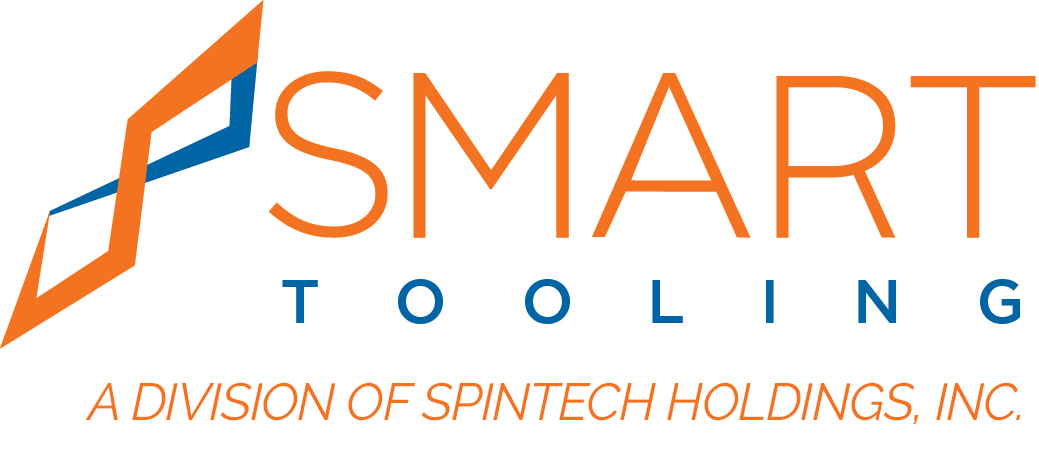This paper will review results of manufacturing attempts using conventional manufacturing methodologies in comparison to the Smart Caul manufacturing methodology on components with tight radius corners, specifically the Skin-Pylon, TE Closeout.
Co-Cured Double I-Beam Using Bladder Smart Tools
Using a combination of three Smart Tools that act as bladders during cure, we fabricated a co-cured I-beam structure out-of-oven (OOO) and out-of-autoclave (OOA) using internally pressurized Smart Tools contained in a self-heating, OML cure mold.
UAV Inlet Duct Case Study
Using a Smart Tool that acts like a mandrel during cure solution to produce a UAV inlet duct with trapped geometry costs 47% less than a conventional multi-piece metal mandrel solution.
Y-Shaped Vent Tube Case Study
Learn more about how commercial aircraft composite parts with two appendixes can be made with an elegant, reusable process
Out of Autoclave Cure Cycle with Smart Tools
Moving the cure cycle out of an autoclave to a standard oven has a lot of benefits including reducing capital & operating expenses, as well as saving manufacturing space.
Alternate to Washout Tooling | Non-Structural Duct Case Study
Smart Tools reduce cycle time by 81%, labor cost by 14%, and material cost by 33%, netting a payback of only 7.3 months. If the customer had requested we use a Smart Tool mandrel solution and stayed in the autoclave, the payback would be only 1.7 months.
The dirty, time consuming, and tedious process of washout is eliminated and replaced by the simple and elegant Smart Tooling process.
Case Study: Trailing Edge Control Surface
Traditionally, composite trailing edge control surfaces required the use of foam fabricated to a knifepoint to mold the trailing edge because traditional tooling methods could not mold composite with such small, and often times trapped geometry.


